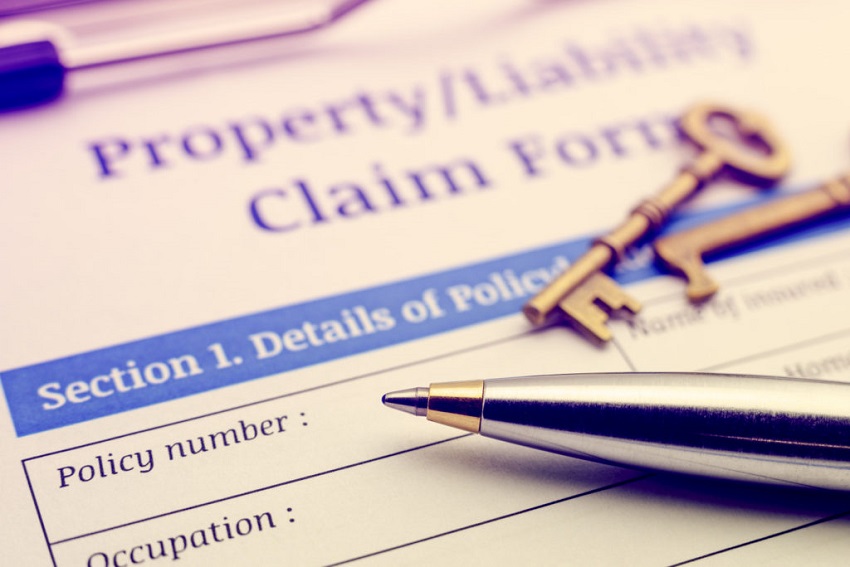In the UK, the majority of new homes are built with traditional bricks. However, with their environmental benefits, timber-framed construction methods are becoming increasingly popular. When building timber-framed properties, fire safety is an important consideration.

The Benefits of Timber
Across the globe, many countries are already experiencing the benefits of timber, with 70% of new properties constructed in this way. In this country, though, only 25% are currently built using timber.
One of the main benefits of this construction method is the environmental factor, which could help to push forward the government’s aim for zero-carbon housing. Timber properties provide a greater degree of air-tightness than brick-built homes, and they also improve levels of insulation. Wood is already an effective method of insulation, but the type of insulation that is used additionally in these homes is fire-resistant, so flames won’t spread.
Increasing Fire Safety
When you’re working on timber-framed properties, it’s vital that you have the right fire prevention measures in place. The chance of a fire is still low, but the exposed frames used in these projects can quickly burn if a fire takes hold. A beneficial factor in this method of construction is the speed at which timber buildings can be built, so complete fire protection can be achieved faster.
Reducing the Risk of Fires
According to the UK Timber Frame Association, there are 16 steps that should be considered for timber-framed construction sites. These won’t all be required every time, and a thorough risk assessment of the site will highlight the individual areas of concern. In order to ensure you interpret these guidelines correctly it is worth enlisting the services of a Fire Safety Consultancy Bristol company who can help with all elements of your fire procedures.
The areas that you should examine in relation to your fire risk are:
– Ensure that the site complies with the Construction (Design and Management) Regulations 2007.
– Have a dedicated fire safety coordinator to take charge of ensuring that everyone complies with the regulations. There should also be a fire marshal and a deputy on larger sites.
– Put in place a fire safety plan that all employees are aware of and stick to.
– Carry out checks, inspections and tests at frequent intervals during the construction process.
– Ensure that regular communications take place between parties. This will help to bring everyone up to speed on the latest risk and things they can do to mitigate the problem.
– Have a fire-safe working policy, so that everyone on the site is working together to limit the risk of fire.
– Ensure fire detection and prevention measures, work correctly and are maintained properly.
– Keep the emergency escape routes clear at all times.
– Include fire protection elements as soon as possible, and consider using automist installers in Bristol to fit their unique sprinkler systems.
– Protect the site to reduce the arson risk.
– Protect any temporary buildings from fire.
– Keep equipment stored safely.
– Reduce the requirements for hot work, including the use of blowtorches.
– Tidy up the site.
– Ensure the equipment and plant are secured properly.
– Maintain a no-smoking site.



